
ESPAÑOLA ISLAND
Ready for your adventure?
Dive into nature with us and see what makes these islands unique.
Tap below to get started!
VISITOR SITES
Punta Suarez
At the southeastern tip of Galapagos lies, Española, the Archipelago’s oldest island, which is without a doubt a prime sanctuary of birds where you can observe blue-footed boobies, Nazca boobies, red-billed tropic birds, swallow- tailed gulls, the Española mockingbird, and from April to December around 12,000 pairs of waved albatrosses come to nest.
Passengers will observe sea lion colonies, the most colored marine iguanas, lava lizards, and the beautiful scenery of the blowhole where water shoots 75 ft (23 m) up into the air.
The dramatic setting among the black cliffs, the never-ending rolling and crashing of the waves below; the elaborate courtship rituals of the albatross (birds that mate for life) make Española a highlight of your trip.
The hike is also very interesting for its geographical features, consisting of a completely arid to transitional zone of vegetation with predominantly thorny plants.

- Disembarking: Dry.
- Type of Terrain: Rocky.
- Difficulty: Medium / High.
- Activities: 2 hour 30 min hike.
- Highlights: Waved albatross, blue-footed and Nazca boobies, doves, herons, gulls, hawks, sea lions, the endemic Hood (Española) mockingbird, with its bold behavior, several types of reptiles, including the brightly colored marine iguanas and an oversized lava lizard unique to this island. A birdwatchers’ paradise!
Wildlife by visitor site
Gallery
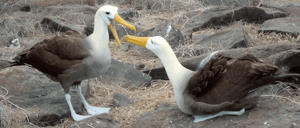
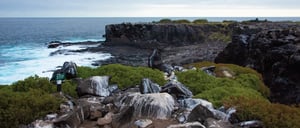

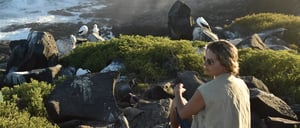
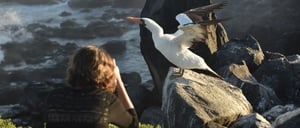
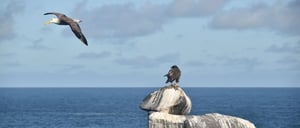
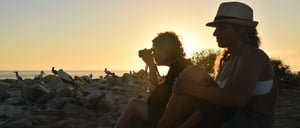
Gardner Bay
Located on Española Island, Gardner Bay consists of an extensive beach of whitish coralline sand with several colonies of Galapagos sea lions.
Here, we can also observe the endemic mockingbird of Española, usually in small groups defending their territories.
Snorkeling is recommended, especially around the small semi submerged tuff cone located in front of the beach. Where we could see reef white-tipped sharks, rays, sea lions and a variety of colorful reef fish.
It’s basically a day of sun and beach, along snorkeling and kayaking activities.
At certain rocky points of the shoreline, we can also see marine iguanas, blue-footed boobies plunging in the water, Sally light-foot crabs, and small coastal birds and wandering tattlers (vagabundos) and turnstones (vuelvepiedras).

- Disembarking: Wet.
- Type of Terrain: Sandy.
- Difficulty: Low.
- Activities: 1-hour hike / 1 hour 45 min beach snorkeling / 30 min kayaking / 30 min glass-bottom boat.
- Highlights: Excellent for swimming and snorkeling along a wonderful and relaxing white sandy beach with colonies of sea lions, Hood mockingbirds, lava lizards, Galapagos hawks, and sea turtles. In front of the beach, there is a small islet, which is a good place for snorkeling among sea turtles, marine iguanas, rays, and colored fish. Travelers will also spot lava lizards and the colorful Sally light-footed Crabs or zayapas. Snorkelers often see many of the Galapagos marine species such as king angel fish, Creole fish, damsel fish, parrot fish, white-tipped reef shark, and many more.
Wildlife by visitor site
Gallery
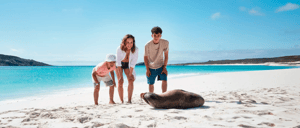


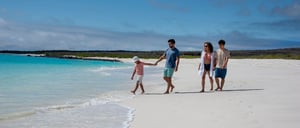
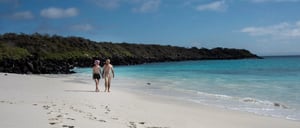


Suggested items
Location map
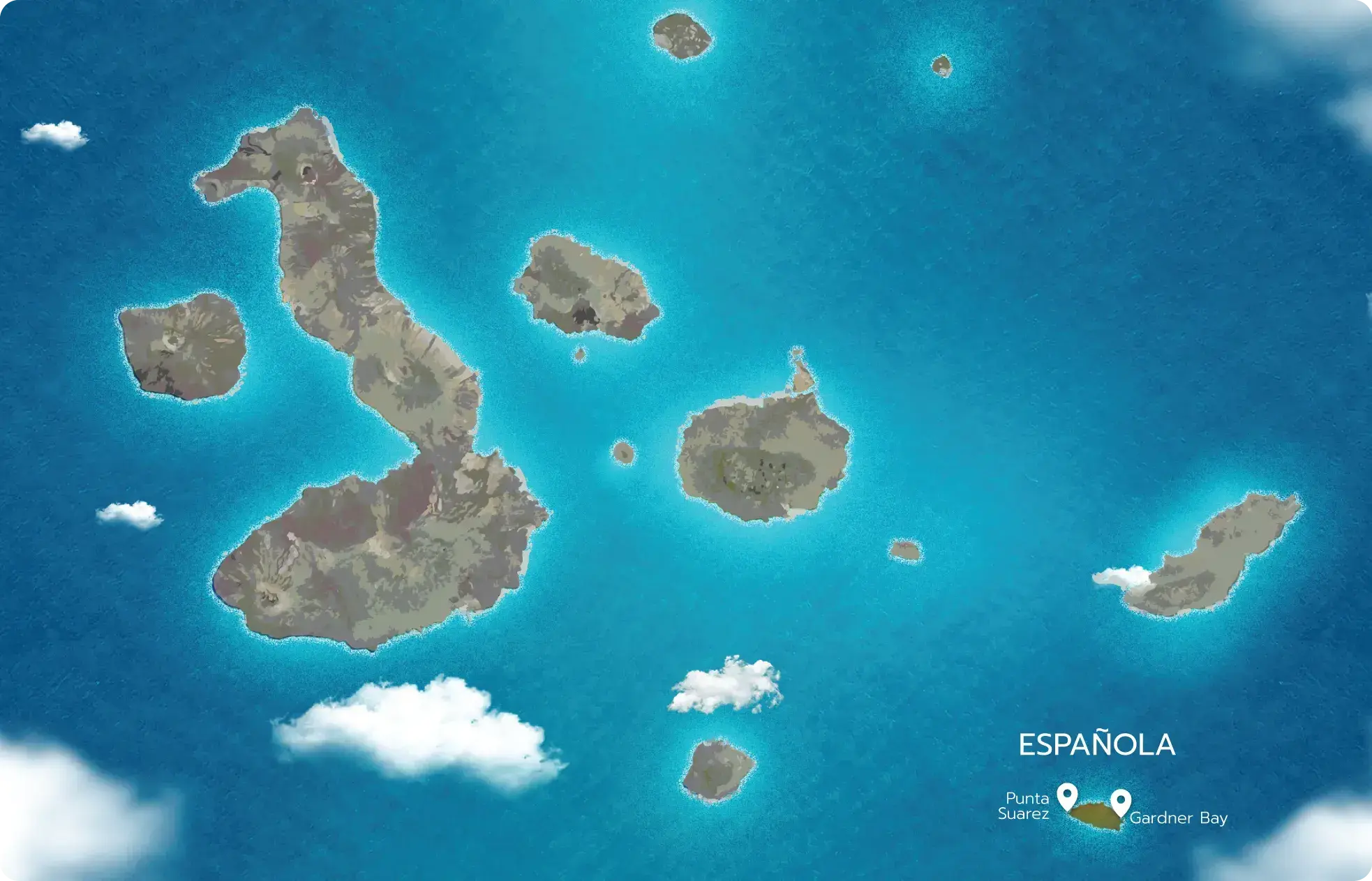
CHARLES DARWIN JOURNEY
This is the first Island visited by Charles Darwin, and his first impression of the dry coast he saw was of a deserted and isolated place. He did not find the tropical richness he expected, but he had the chance to collect the first specie that later on would be the start of his Theory of Evolution, the San Cristobal Mockingbird.